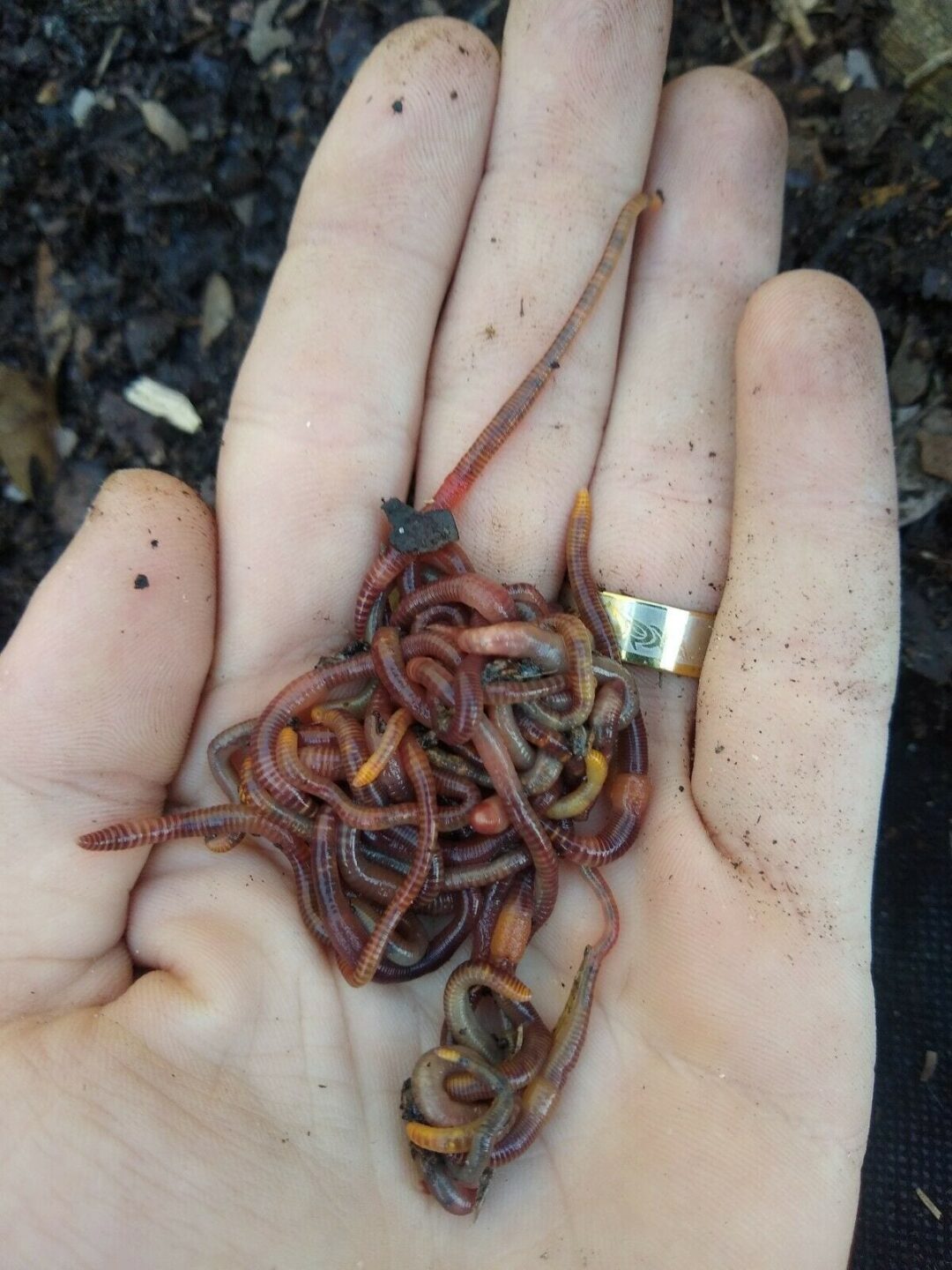Red Wigglers: The Unsung Heroes of Organic Waste Recycling
Red wigglers, or Eisenia fetida, offer as essential representatives in the organic waste recycling process, changing discarded products into useful vermicompost. Their reliable break down of organic matter not just boosts dirt high quality however likewise adds to sustainable waste monitoring practices. As the globe progressively seeks solutions to battle waste buildup and enhance farming performance, recognizing the duty of these worms becomes essential. What mechanisms enable them to flourish in compost settings, and how can they be properly made use of in both household and industrial setups? Discovering these concerns discloses the broader effects of vermicomposting in our ecological landscape.
What Are Red Wigglers?
The amazing durability of red wigglers, medically referred to as Eisenia fetida, emphasizes their important duty in organic waste recycling. These small, reddish-brown earthworms are generally found in breaking down raw material, such as compost piles and manure stacks. Lake Hickory Bait. Unlike other earthworm species, red wigglers thrive in nutrient-rich settings and are very reliable at damaging down organic materials, making them essential for vermicomposting

(Red Wiggler Express)In enhancement to their duty in waste decrease, red wigglers add to dirt health by enhancing soil structure and aeration via their delving tasks (Lake Hickory Bait). Their existence in composting systems not just improves decay rates however additionally advertises a lasting technique to squander monitoring, illustrating their importance in eco-friendly preservation efforts
Advantages of Composting With Worms
Composting with worms, specifically red wigglers, supplies numerous advantages that enhance both waste administration and dirt health. First, these worms efficiently damage down organic waste, transforming it right into nutrient-rich vermicompost that enriches dirt. This procedure increases decay, enabling a much faster recycling of kitchen scraps and other natural materials contrasted to traditional composting approaches.
In addition, the vermicompost produced by red wigglers is including beneficial bacteria, which aid boost dirt framework, oygenation, and moisture retention. This improves the general health and wellness of plants, advertising strenuous growth and enhanced yields in gardens and farming setups. The usage of worms in composting lessens the manufacturing of greenhouse gases, such as methane, contributing to an extra lasting waste administration system.

How to Start Vermicomposting
Establishing a vermicomposting system is a simple procedure that can produce significant benefits for both waste monitoring and soil enrichment. To start, pick an appropriate container, such as a plastic bin or wood box, with appropriate ventilation openings to make sure proper air movement. The dimensions should preferably be about 2 feet by 3 feet, permitting enough area for the worms to thrive.
Next, prepare bed linen material, which can be composed of shredded newspaper, cardboard, or coconut coir. This bed linen needs to be moistened to produce a suitable habitat for the worms. When the bed linen remains in place, introduce red wigglers (Eisenia fetida) right into the container, usually around one extra pound of worms for every single square foot of surface area.
Following the placement of worms, add natural waste, such as fruit and veggie scraps, coffee premises, and crushed eggshells. With these steps, you Bonuses will efficiently start a vermicomposting system that contributes to lasting waste management and enhances your soil.
Keeping a Healthy And Balanced Worm Container
(Red Wiggler Express)Maintaining a worm container growing needs routine focus and like guarantee the health of the red wigglers and the efficiency of the composting procedure. Proper upkeep begins with keeping an eye on the moisture degrees; the container should be moist however not waterlogged. A great guideline is to preserve an uniformity comparable to a wrung-out sponge.
Carefully mixing the bed linen and food scraps every few weeks protects against compaction and makes sure that all worms have accessibility to oxygen. In addition, it is vital to feed the worms properly.
If the container becomes also hot or cold, the worms may come to be stressed. By diligently handling these elements, one can preserve a durable and effective worm container.
Influence On Sustainable Living
The effective upkeep of a worm bin not just benefits the wellness of red wigglers yet also contributes significantly to lasting living methods. By reusing organic waste, such as cooking area scraps and lawn particles, red wigglers help divert considerable quantities of product from landfills. This decrease in waste not just decreases greenhouse gas exhausts yet additionally minimizes the environmental problem related to waste administration.
Additionally, the spreadings created by red wigglers work as a nutrient-rich organic plant food, boosting dirt wellness and advertising plant growth. This all-natural alternative to chemical fertilizers supports sustainable farming and horticulture techniques, decreasing dependence on artificial inputs that can harm ecosystems. Furthermore, worm composting promotes understanding of waste administration, urging individuals and communities to take on even more lasting practices.

Verdict
In summary, red wigglers act as essential contributors to natural waste reusing via their reliable decay of organic materials. Their ability to create nutrient-rich vermicompost boosts dirt health and wellness and supports lasting agricultural practices. By incorporating vermicomposting into waste monitoring methods, people and communities can dramatically minimize waste while promoting ecological sustainability. The function of Eisenia fetida in promoting healthy environments emphasizes the significance of these microorganisms in achieving sustainable living and boosting dirt fertility.